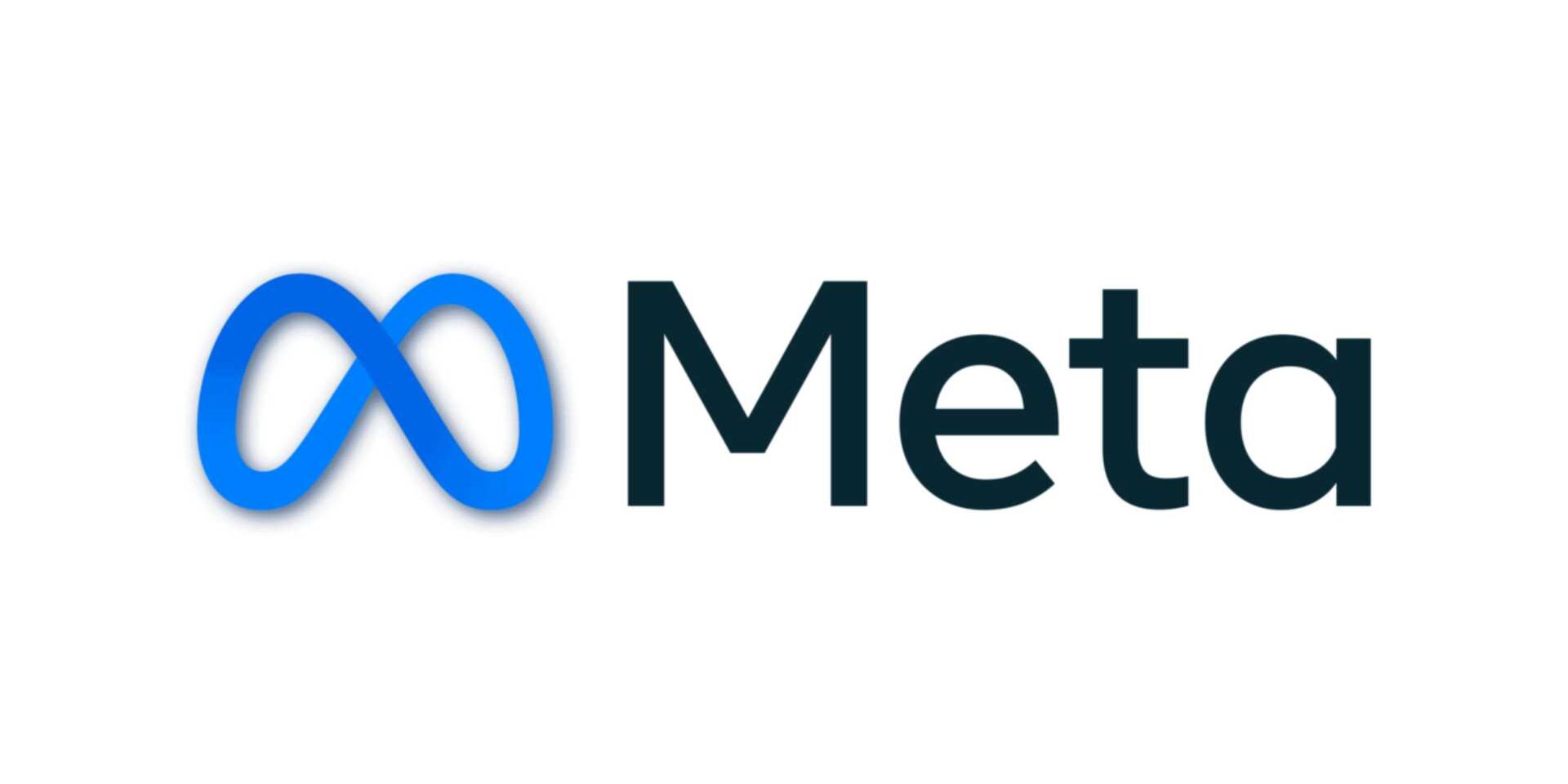Fixing Healthcare: Tech Leaders Reveal HealthTech’s Critical Targets
Meta AI’s milestone of 1 billion monthly users underscores Big Tech’s dominance, but the AI race isn’t won by scale alone.
This Techronicler article compiles opinions from business leaders, thought leaders, and tech professionals on whether smaller players can compete—and how.
Experts assert yes: agility trumps bureaucracy, enabling startups to innovate in niches like domain-specific models or ethical AI.
They highlight open-source frameworks, strategic partnerships, and focus on user pain points as equalizers.
While giants excel in general-purpose tools, smaller firms win through speed, customization, and ethical edge. In 2025’s maturing AI landscape, the future favors ecosystems where nimble innovators complement—or disrupt—titans, proving innovation thrives beyond billion-user clubs.
Read on!
Agility Beats Scale in AI
I genuinely believe smaller players have a real shot in the AI race. The gap between the biggest and the rest is shrinking—smaller, more efficient AI models are now closing the performance gap, and innovation isn’t just about having the deepest pockets anymore.
Advances in algorithms and hardware mean you don’t need a supercomputer to build something impactful.
At Nauty 360, we leverage nimble, open-source solutions and focus on solving specific, real-world problems for our community—something the giants can’t always do at a granular level.
Agility, creativity, and the ability to quickly adapt give smaller companies a unique edge. In my view, the future of AI is about building smarter, not just bigger.
Juan Moniz
CEO, Nauty360
Niche Speed Outpaces Giants
Observably, yes, the smaller players can definitely compete with the bigger fishes in the AI space if they would like to. For example, Meta is one of the leading companies in AI but smaller players also have an edge over it.
The smaller platforms use their agility to solve the problem’s big platforms miss, speed up in emerging spaces where trust and customized solutions matter.
I have watched the local brands, or can say smaller players at Otto Media, outpace their larger rivals by focusing on hyper-targeted content and hands-on service.
The AI race isn’t just about scale; it’s about speed, relevance, and the willingness to adapt when the rules change.
Niche AI Cultivates Loyal Users
Smaller AI companies absolutely stand a chance if they stop trying to out-Google Google. Scale is impressive, but it often comes with rigidity.
The real edge for smaller players lies in speed, specificity, and audacity. The giants are building for the masses; the smart startups are building for niches that the majors can’t afford to focus on.
Whether it’s domain-specific models, culturally nuanced LLMs, or privacy-first tooling, the real innovation is often happening where scale would slow things down.
One thing that’s rarely talked about is the agility smaller teams have in shipping fast, gathering feedback, and iterating without bureaucracy. That’s a superpower.
Open-source ecosystems have also levelled the playing field and models are no longer the moat. Execution is.
The winners will be those who obsess over product-market fit, not parameter count. People don’t need another general-purpose chatbot, they need AI that understands them. That’s the kind of intimacy big tech struggles to scale.
Deep Niches Defy Mass AI
While Meta AI crossing 1 billion users is impressive, it’s not the whole story. Just like in the art world, where a global gallery can’t replicate the intimacy of a local studio, smaller AI players can thrive by going deep, not wide.
At Wardnasse, we’ve seen smaller AI tools succeed by focusing on specific pain points—like AI tools designed for artists to manage rights metadata or personalized creative prompts.
These aren’t mass-market but offer irreplaceable value to the people who need them. The same principle applies across sectors: smaller players can carve out loyal followings by being more agile, transparent, and tailored in their offerings.
They can also iterate faster without the overhead of massive user bases.
The future of AI won’t be winner-takes-all. It’ll be about ecosystems—where smaller, focused tools plug into broader platforms or thrive independently by building trust and solving problems that giants overlook.

Carla Niña Pornelos
General Manager, Wardnasse
Specialized AI Commands Premiums
Smaller businesses can still thrive using AI by exploring specialised niches where domain expertise and ingenuity can beat scale.
Many startups and scaleups are finding opportunities with AI wrappers for specific industries like veterinary diagnostics, construction management and fitness apps.
They succeed by understanding their customers’ pain points and iterating quickly, without the slow innovation of corporate structures.
Much innovation with AI happens in the margins through experiments and play, asking “What could this do?”. Smaller organisations find this easier, whereas listed or highly-regulated larger companies typically expect guaranteed ‘inputs vs output’ measures, which is hard to achieve when most AI tools and methods are still unproven.
While Meta works for mass market consumer engagement, thousands of micro-markets exist for specialists and B2B services and products, where focused solutions can command premium pricing.

Susi O’Neill
Founder Director, EVA Digital
Small Teams Excel in Specialized AI Domains
There is white space for small companies to make significant advancements in AI innovation because the AI growth opportunities are so massive.
We’re seeing breakthroughs come from focused teams that combine deep domain expertise with the ability to move fast. These teams often come from larger companies and identify overlooked pain points because they live them at scale. They can iterate quickly and deliver solutions in specialized domains that they know customers are hungry to consume.
AI success requires context, relevance and execution. Small teams often work closer to the problems they’re solving, giving them an edge in developing solutions that work in the real world.
With access to open source tools, cloud infrastructure and increasingly powerful models, the barriers to entry have dropped — and the advantage now lies in insight and speed. Scale comes easily after that.

Ronak Desai
CEO & Co-Founder, Ciroos
Tailored AI Solves Industry Pains
Even with the rapid advancements made by major players like Meta AI, smaller companies can carve out a niche by focusing on specialised applications of AI.
For instance, smaller firms can develop tailored solutions for specific industries, such as healthcare or agriculture, where they can leverage their expertise to provide unique value that larger companies might overlook.
Furthermore, innovation often stems from agility. Smaller players can adapt quickly to market changes and customer needs, allowing them to experiment with new ideas without the bureaucratic constraints that larger organisations face.
A great example of this is how many startups have successfully integrated AI into customer service platforms, providing personalised experiences that resonate well with users.
Lastly, collaboration is key. Smaller companies can partner with academic institutions or other tech firms to access resources and knowledge that might be out of reach independently. This collaborative approach can lead to breakthroughs that keep them competitive in the evolving AI landscape.

Balázs Keszthelyi
Founder & CEO, TechnoLynx
Customization Trumps General Tools
Absolutely, smaller players do stand a real chance in the AI race—even as Meta AI crosses 1 billion monthly active users.
The advantage for smaller companies lies in specialization, agility, and deep industry focus. While giants like Meta excel in building broad, general-purpose AI, nimble players can carve out success by innovating in niche areas, quickly adapting to new tech, and building tailored solutions that large platforms might overlook.
Open-source AI frameworks and cloud accessibility also lower entry barriers, enabling even lean teams to make significant advances. Strategic partnerships and focusing on specific user needs have allowed many startups to thrive despite the dominance of Big Tech.

Sameer Gupta
SEO Executive, Botshot
Execution Edges Out Parameter Count
Of course — they’re the ones who’ll invent the monsters the big boys later buy. Meta brags about a billion monthly activities, but we’re hitting saturation in logic results — i.e. there may well be a diminishing return to “bigger.” (Apropos, look at Deepseek: we’re already cooking up shortcuts to train models on top of GPT, not from scratch).
As markets mature, it’s niche over mass, as usual. Nimble startups win by building cult followings, specialized models, or vertical AI products that do one thing brilliantly.
For instance, Slack didn’t beat Microsoft by being bigger — it just moved faster and made users actually enjoy work chat.
Most Fortune 500 execs want “AI that just works”, they don’t care who made the LLM under the hood or necessarily how big it is. A more specialized model trained on a more specific data set — or just trained on a narrower data set, can excel at more pointed tasks.
Meanwhile, the cost of computers will slide, i.e. chipsets get meaner every cycle, and more (nuclear) energy means AI clusters that don’t cost a small nation’s GDP.
Computers will become ubiquitous, like oxygen. And then we’ll discover just how little brute force you actually need to spin gold for a niche audience and use case.
On behalf of the Techronicler community of readers, we thank these leaders and experts for taking the time to share valuable insights that stem from years of experience and in-depth expertise in their respective niches.
If you wish to showcase your experience and expertise, participate in industry-leading discussions, and add visibility and impact to your personal brand and business, get in touch with the Techronicler team to feature in our fast-growing publication.














